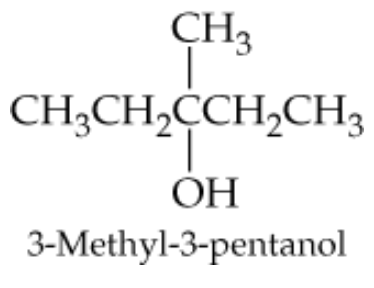Fill in the missing organic product or reactant for the following hydration reactions:
(b)

 Verified step by step guidance
Verified step by step guidance Verified video answer for a similar problem:
Verified video answer for a similar problem:



 1:25m
1:25mMaster Symmetric Alkene Hydration Concept 1 with a bite sized video explanation from Jules
Start learning